
Diazinon Insecticide
-
Min Order
1
-
Product Unit
Pieces
-
Origin
China Mainland
-
Payment


- Contact Now Start Order
- Favorites Share
- Description
Product Detail
Structure Formula: 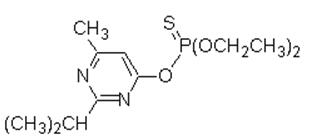
Common Name: Diazinon (BSI, E-ISO, (m) F-ISO, ANSI, ESA, BAN, JMAF); dimpylate (INN)
CAS No.: 333-41-5
CAS Name: O,O-diethyl O-[6-methyl-2-(1-methylethyl)-4-pyrimidinyl] phosphorothioate
Molecular Formula: C12H21N2O3PS
Agrochemical Type: Insecticide/acaricide, organophosphate
Mode of Action: Non-systemic insecticide and acaricide with contact, stomach, and respiratory action.
Advantage of the Diazinon Insecticide
Diazinon use has significantly increased since its introduction more than four decades ago. Thus, today we are faced with environmental and health consequences that are largely inseparable from the insecticide's benefits. Fortunately, the research to date is of immeasurable value in making sound scientific and policy decisions regarding diazinon use.
Overall, research shows that diazinon is globally widespread, having distributed to all environmental media. Residential uses, and its ubiquity under many farming practices, contribute to extensive non-point-source pollution.
In general, diazinon is degraded fairly rapidly in natural settings, although results have been variable and some degradation products are at least as toxic as the parent compound. Diazinon exhibits high acute toxicity to a wide variety of animals, leading to a wide range of sublethal biochemical effects, damage to specific target organs and tissues, cytotoxic and genotoxic effects, reproductive damage, and adverse ecological impacts. Its biological fate is complex, mediated largely by diverse metabolic mechanisms. Further research and monitoring are needed in a number of areas.
For instance, it is important to develop a better understanding of the mechanism of diazinon's highly lethal effects on birds. Use restrictions at golf courses and sod farms are a welcome step, but there are still widespread avian exposures from orchards and lawns. Continued diazinon use at current rates also poses a clear threat to aquatic ecosystems and to important species such as salmon and bluegill sunfish. Although the research presented here does not indicate threats to humans from the pesticide, Wright (1990) suggests that people may be at substantial risk in unregulated settings. Further research is also needed to resolve the matter of the potential carcinogenicity of diazinon. As with all pesticides, diazinon use can result in the so-called pesticide treadmill wherein pesticide use necessitates further use as insects develop resistance and natural predators are eliminated (Gliessman 1998).
It is critical that all pesticides be used with great care to minimize this consequence to avoid a repeat the occurrence in 1965 in the Culiacán Valley of Mexico. There, excessive pesticide use resulted in cotton pests that were resistant to all available insecticides, forcing growers to entirely abandon production (Wright 1990). However, used carefully, diazinon represents a powerful agricultural tool available to assist in the continued production of foodstuffs for a rapidly growing world population.
Specification of the Diazinon Insecticide
Chemical: Diazinon
Use category: Insecticide
Content & formulation: Diazinon 95% TC ,Diazinon 50% EC
Specification for Diazinon 95% TC | |
ITEMS | STANDARDS |
Appearance | Yellow to brown liquid |
Content of a.i. | =95% |
O,S-TEPP | =0.02% |
S,S-TEPP | =0.25% |
Acetone insolubles | =0.15% |
Water | =0.1% |
Acidity(as H2SO4) | =0.03% |
Specification for Dimethoate 40% EC | |
ITEMS | STANDARDS |
Appearance | Homogeneous liquid |
Content of a.i. | =40% |
Water | =0.2% |
Acidity(as H2SO4) | =0.05% |
Emulsion stability (as 0.5% aqueous solution) | Qualified |
Stability at 0? | The volume of solid and/or liquid which separates shall not be more than 0.3 ml. |
Packing: net 25kg in bag or drum or according to client's requirement.
Application of the Diazinon Insecticide
Control of sucking and chewing insects and mites on a very wide range of crops, including deciduous fruit trees, citrus fruit, vines, olives, bananas, pineapples, vegetables, potatoes, beet, sugar cane, coffee, cocoa, tea, tobacco, maize, sorghum, alfalfa, flax, cotton, rice, ornamentals, glasshouse crops, forestry, etc., at 300-600 g/ha; soil insects (by soil application); phorid and sciarid flies in mushroom cultivation; flies, lice, mites, fleas, cockroaches, bedbugs, ants, and other insect pests in animal houses and household use. Seed treatment for maize, for control of frit flies and also conferring bird-repellent properties. Also used as a veterinary ectoparasiticide.
AGROCHINA is professional Diazinon Insecticide manufacturer, our products are in promotion. If you are distributor of Diazinon, or diazinon pesticide, and if you have any questions or requirement of insecticide diazinon, please contact us freely.
- Apremilast 1 Pieces / (Min. Order)
- 2, 4-D 96% TC 1 Pieces / (Min. Order)
- 2, 4-D 720g/L SL 1 Pieces / (Min. Order)
- 2, 4-D 860g/L SL 1 Pieces / (Min. Order)
- Atrazine 98% TC 1 Pieces / (Min. Order)
- Atrazine 80% WP 1 Pieces / (Min. Order)
- Atrazine 90% WG 1 Pieces / (Min. Order)
- Acetochlor 95% TC 1 Pieces / (Min. Order)
- Acetochlor 500g/L EC 1 Pieces / (Min. Order)
- Acetochlor 900g/L EC 1 Pieces / (Min. Order)
- Bentazone 97% TC 1 Pieces / (Min. Order)
- Bentazone 480g/L SL 1 Pieces / (Min. Order)
- Bentazone 560g/L SL 1 Pieces / (Min. Order)
- Clomazone 95% TC 1 Pieces / (Min. Order)
- Clomazone 480g/L EC 1 Pieces / (Min. Order)
- Clethodim 90% TC 1 Pieces / (Min. Order)
- Clethodim 240g/L EC 1 Pieces / (Min. Order)
- Clopyralid 95% TC 1 Pieces / (Min. Order)
- Clopyralid 30% SL 1 Pieces / (Min. Order)
- Clopyralid 75% SG 1 Pieces / (Min. Order)
 Menu
Menu
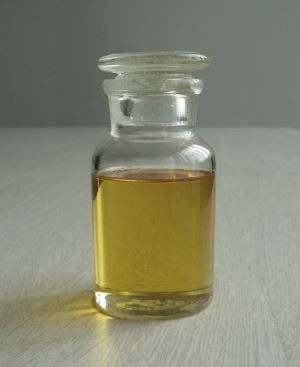
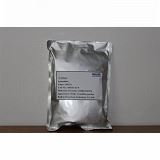
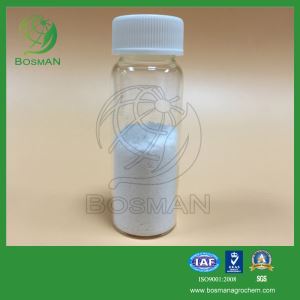
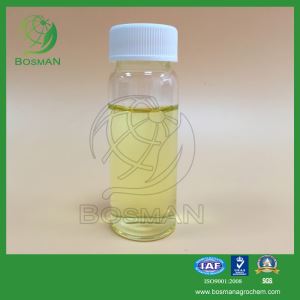

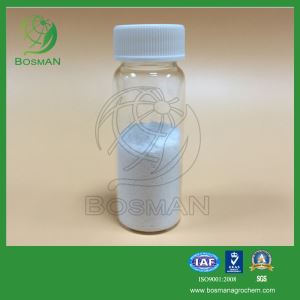
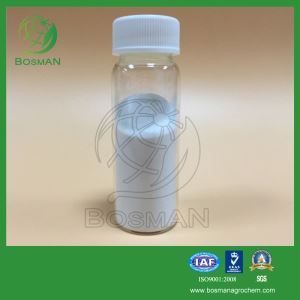
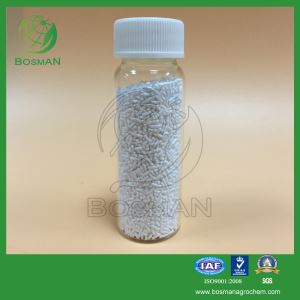
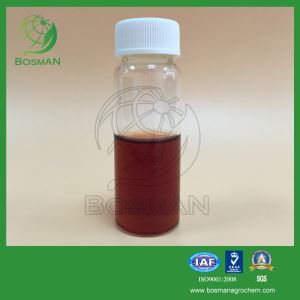
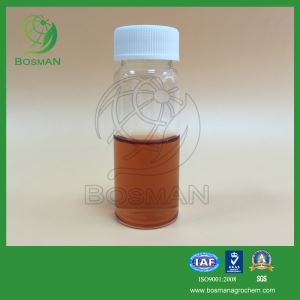

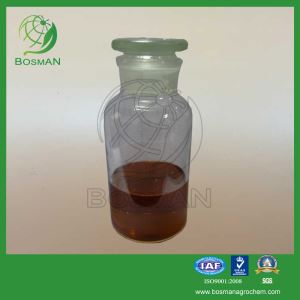
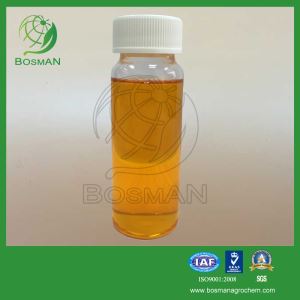


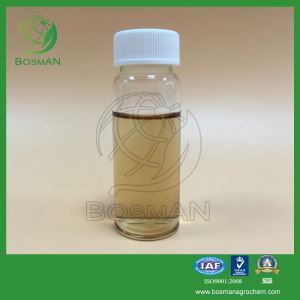


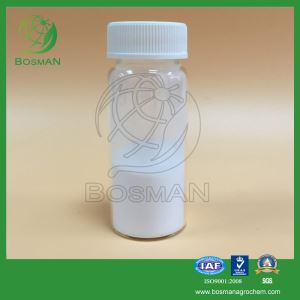
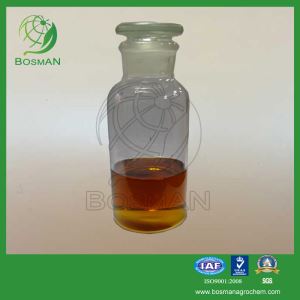

 Favorites
Favorites
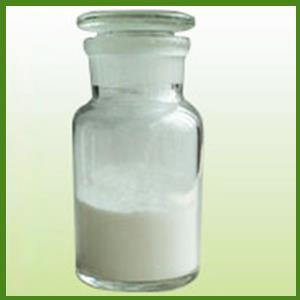

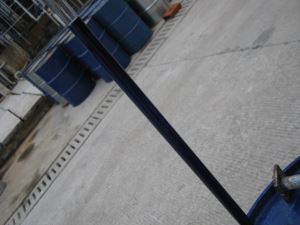
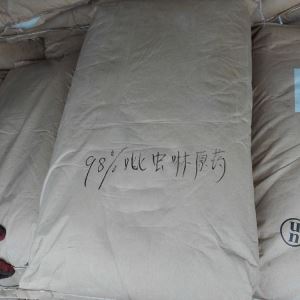
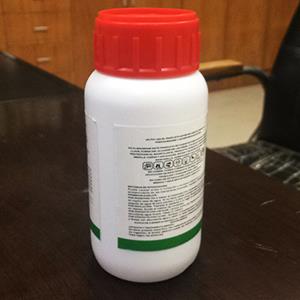
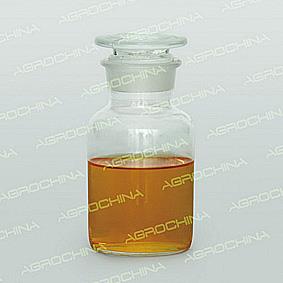
 Frequent updates ensuring high quality data
Frequent updates ensuring high quality data
 Over 5000 customers trust us to help grow their business!
Over 5000 customers trust us to help grow their business!


 Menu
Menu